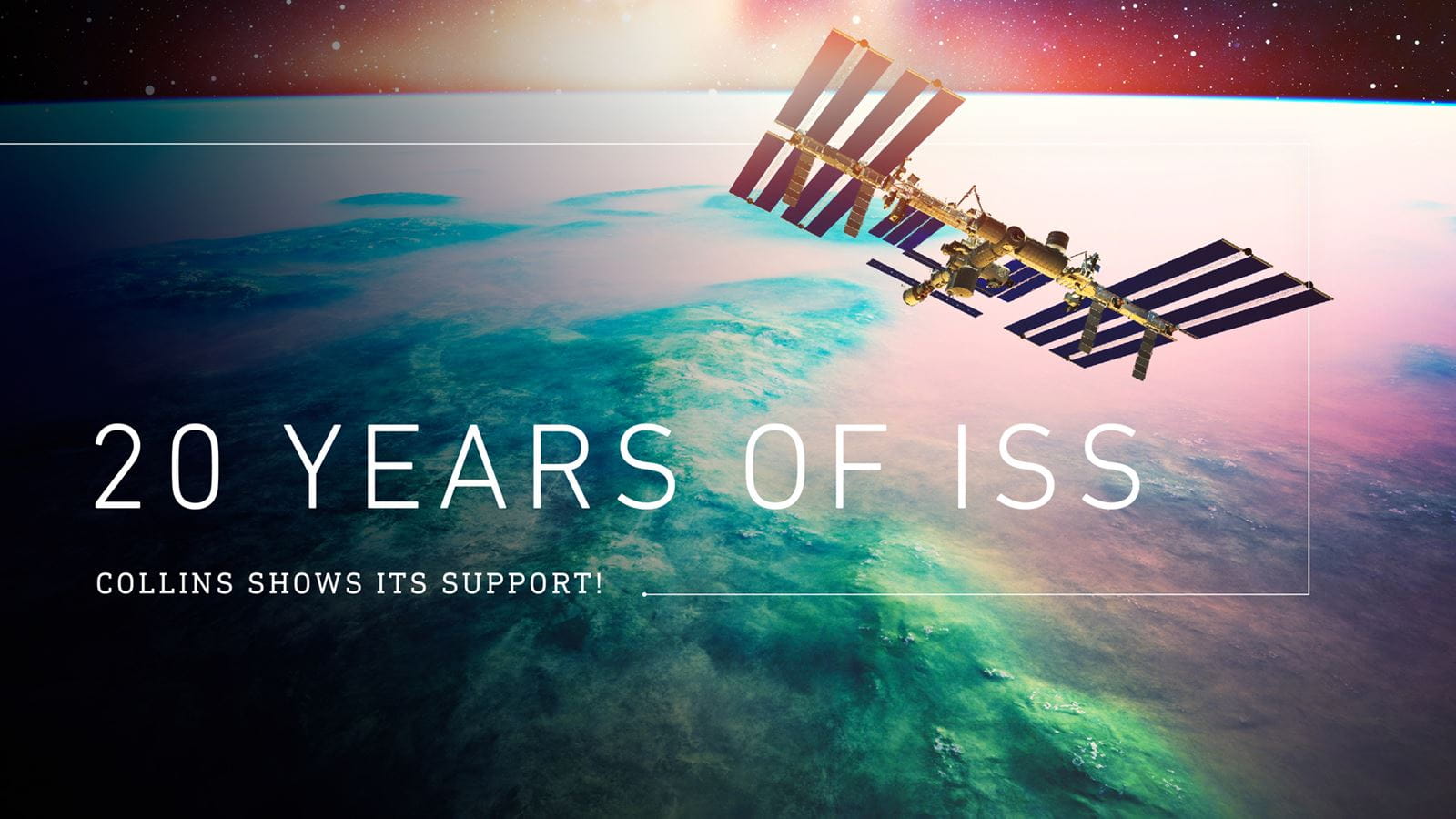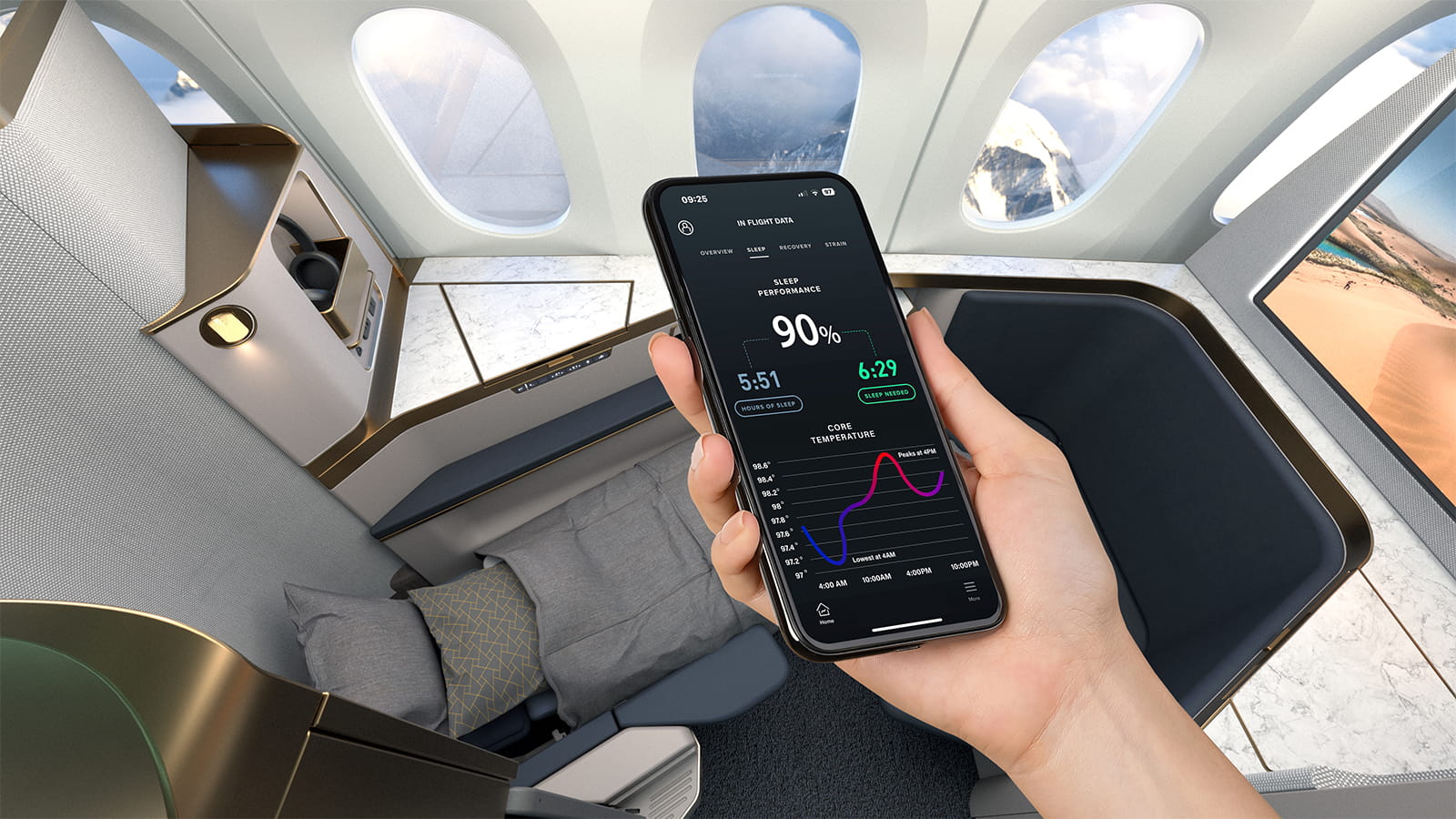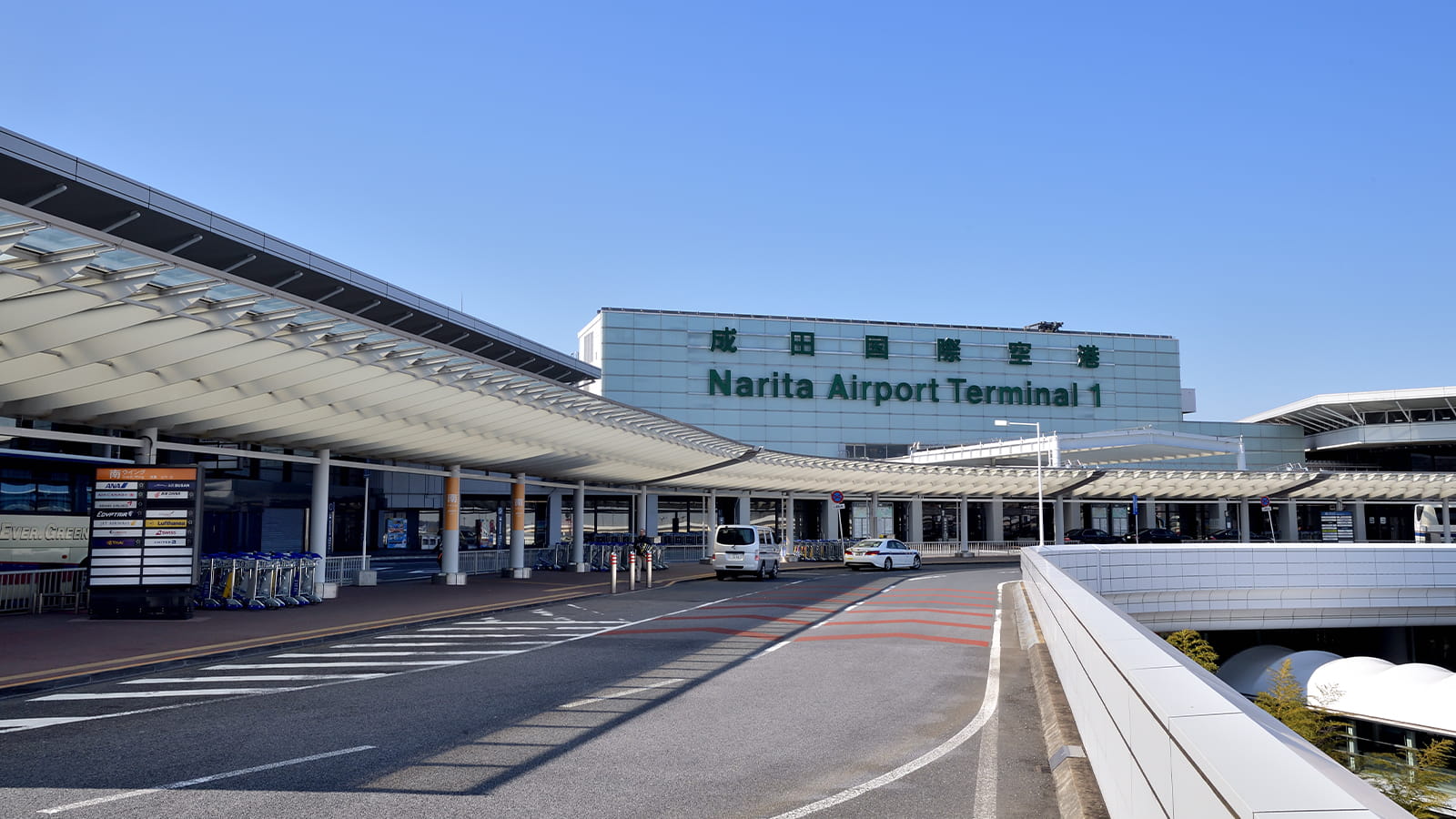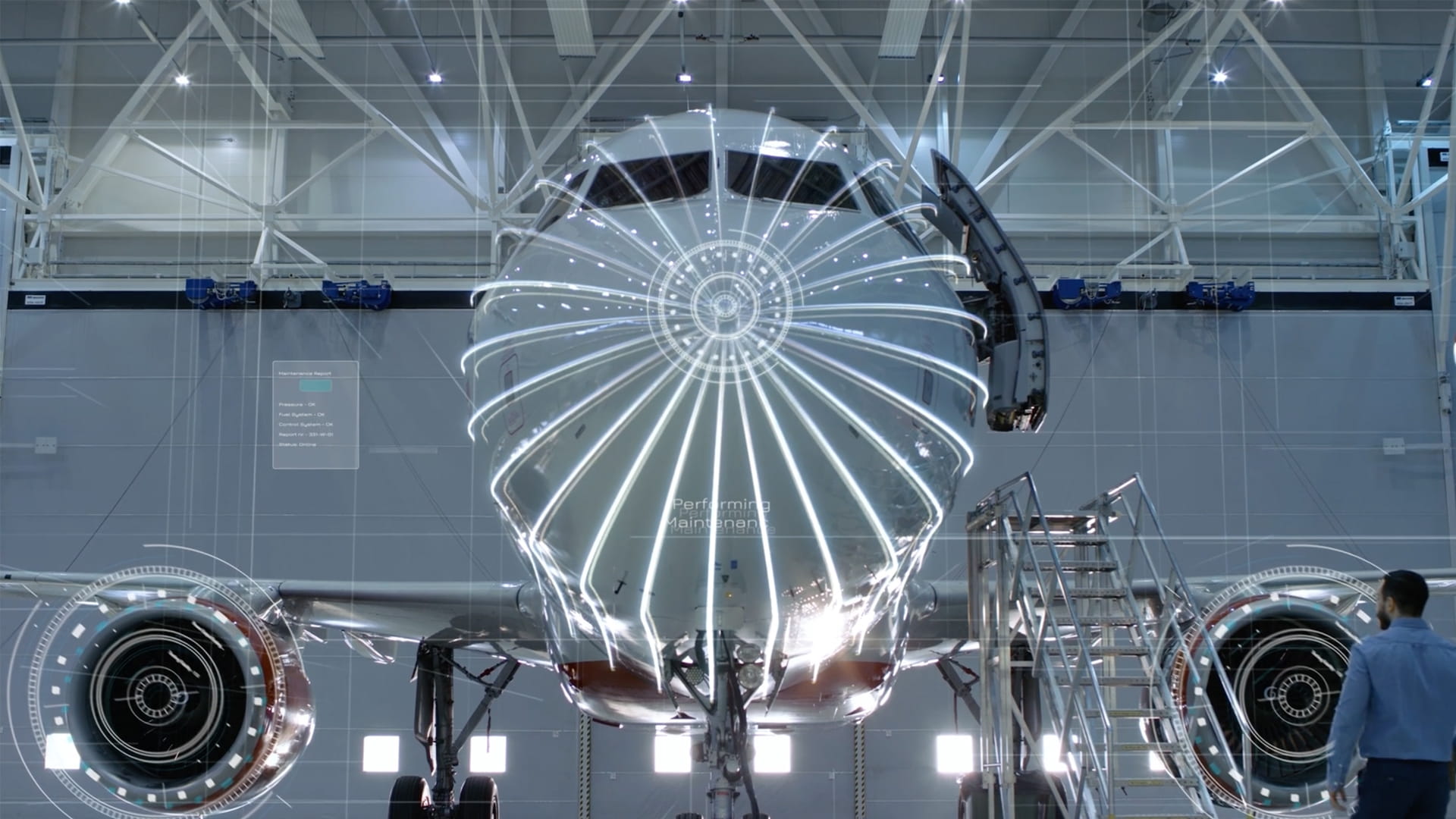Celebrating 20 years aboard the ISS!
Big ideas often start with two small words: What if?
Space exploration is just about the biggest idea of all. It's had humans asking questions ever since the first star-gazer pondered the vast, sparkling night sky. What if we're not alone in the universe? What if there's more out there? What if there were a way to find out?
While we may not know the answer to that first question just yet, we can thank the world's scientists, engineers and astronauts for helping us answer the last two.
From the wishful thinking of the ancients, through the centuries of academic musings that led us to the mid-20th century's race to the moon, curious minds have envisioned not only traveling to space but finding a way to stay there and study it.
The dream became reality on November 2, 2000, when one U.S. astronaut and two Russian cosmonauts docked at the brand new International Space Station (ISS).* The ISS, a modular, Earth-orbiting science laboratory that spans nearly the length of an American football field, has been a hub for international collaboration and scientific discovery ever since. And, it serves as home base to new teams building out Gateway, the next-generation docking platform that will serve as a launching point for future deep space exploration.
All because bright minds around the world asked … what if?
As we celebrate 20 years of the ISS and a continuous human presence in space, we can take pride knowing that Collins was there from the beginning to help bring the ISS to life – and our support is still going strong.
EMUs, ECLSS and EVAs
Most Earth-bound mortals call it the spacesuit, but astronauts know it as the Extravehicular Mobility Unit or EMU. Collins provides the Environmental Control and Life Support Systems (ECLSS) for the EMU, namely the oxygen, water, ventilation, thermal controls, communication channels and CO2 removal systems that astronauts need to survive in the vacuum of space – something we've been a part of since the early days of NASA's Apollo program.
Without the EMU and the ECLSS, astronauts couldn't have taken the spacewalks (also known as Extravehicular Activities, or EVAs) required to build the ISS. The Collins team has supported every U.S. spacewalk from the Space Shuttle and the ISS, and we've been handling the maintenance, refurbishment, hardware development, logistics and real-time mission expertise for EMU flight and training hardware since 1976. The team recently won a Supplier System Sustainment Programs award for their work.
We supply the environmental and thermal controls inside the space station itself, as well, which includes removing carbon dioxide and other airborne hazards, maintaining water and waste systems, and keeping ambient temperatures comfortable for the crew.
And, in addition to the more than 50 active contracts we have with NASA and other customers in support of the ISS, here’s a closer look at the hardware and innovations we provide for the program.
Hold on to your space rations, it’s an extensive list!
- ATCS Cold Plates
- ATCS Heat Exchangers
- Avionics Air Assembly
- Bacteria Filter Assembly
- Cabin Fan Assembly
- Common Cabin Air Assembly
- HEPA filter
- Intermodule Ventilation Fan
- Major Constituent Analyzer (MCA)
- Oxygen Generator Assembly
- Pump and Control Valve Package
- Pump and Flow Control Subassembly
- Sabatier Water Production Assembly
- Soft-capture Latch Mechanism
- Space Toilet
- Space Trash Compactor (read more)
- (read more)
- Thermal Amine Scrubber
- Water Process Assembly
- Water Pump Package
It's easy to see why we have a special affinity for the ISS around here.
To all those space travelers who've been to the ISS and back, and all those teams – at Collins and around the world – that keep this international hub for innovation and discovery going strong, well done!
*Read NASA's article on the origins of the ISS here.
ISS Fun Facts
Source: NASA- 240 individuals from 19 countries have visited the ISS
- 3 of those former NASA astronauts now work for Collins – hello Dan, Joan and Jack!
- At 5 miles per second, the ISS orbits Earth about every 90 minutes
- The ISS orbits Earth 16x a day, traveling through 16 sunrises and sunsets
- There have been 230 space walks since December 1998
- The ISS solar array wingspan (240 feet) is about the same as an Airbus A380
- The ISS ham radio system has been communicating with students worldwide since 2000




